
Entrada Therapeutics has recently received FDA clearance to move forward with a clinical trial for its investigational Duchenne muscular dystrophy therapy.

Isabella Ciccone, Associate Editor, NeurologyLive®, has been with the team since September 2022. Follow her on Twitter @iciccone7 or email her at [email protected]

Entrada Therapeutics has recently received FDA clearance to move forward with a clinical trial for its investigational Duchenne muscular dystrophy therapy.

A recent analysis identified potential safety concerns associated with pitolisant, sodium oxybate, solriamfetol, and modafinil, highlighting distinct adverse event profiles for each narcolepsy treatment.

The director of the Cerebrovascular Center at Mount Sinai discussed how results from the ESCAPE-MeVO trial highlight the impact of anesthesia rates, thrombectomy techniques, and the need for rigorous clinical trials to minimize bias. [WATCH TIME: 3 minutes]

Normotensive patients with narcolepsy on sodium oxybate had over 50% of a higher risk of new-onset hypertension or antihypertensive medication use compared with nonusers of the treatment.
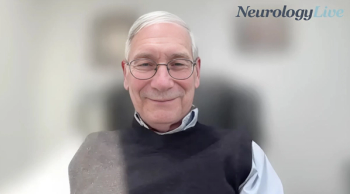
The professor of neurology at the Geisel School of Medicine at Dartmouth talked about how the combination therapy involving meloxicam and rizatriptan may provide a more effective approach to treating migraine. [WATCH TIME: 6 minutes]

A recent study reported that the presence of oligoclonal bands in cerebrospinal fluid of patients with myelin oligodendrocyte glycoprotein antibody-associated disease may be associated with a higher risk of relapse.

Marketed as Wakix, the treatment is currently approved in the United States for excessive daytime sleepiness (EDS) or cataplexy in adults with narcolepsy and for EDS in pediatric patients aged 6 and older.
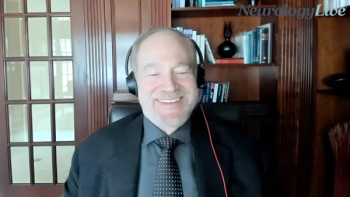
The director of the Montefiore Headache Center at Albert Einstein College of Medicine provided an overview of the drug profile for the recently approved migraine treatment AXS-07. [WATCH TIME: 3 minutes]

The movement disorder nurse practitioner at Stony Brook Medicine talked about the growing role of artificial intelligence in neurology and emerging treatments for Parkinson disease.
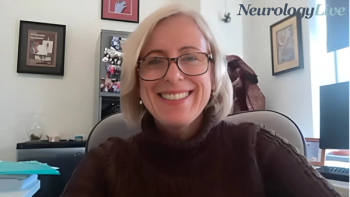
The Lillehei professor in stem cell and regenerative cardiovascular medicine at the University of Minnesota talked about the potential of investigating inducted pluripotent stem cells in neuromuscular diseases at MDA’s 2025 conference. [WATCH TIME: 8 minutes]

Findings showed that patients with epilepsy were significantly more likely to experience a range of psychiatric disorders, including depression, anxiety, and substance use disorders, compared with those without the condition.

The director of the Cerebrovascular Center at Mount Sinai highlighted key differences in patient selection criteria and trial designs that may influence how stroke treatment data is applied in clinical practice. [WATCH TIME: 5 minutes]
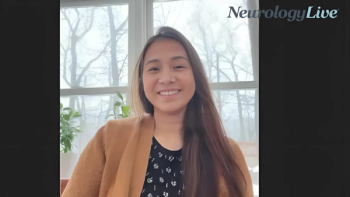
The nurse practitioner at the Parkinson’s and Movement Disorders Center at Stony Brook Medicine discussed the increasing role of artificial intelligence in neurology, specifically movement disorders. [WATCH TIME: 5 minutes]

A newly developed advanced fMRI-based classification model demonstrated efficacy in distinguishing multiple sclerosis from neuromyelitis optica spectrum disorder, potentially having the ability to improve diagnostic accuracy.

The associate vice president of community outreach at CureDuchenne talked about events like the 2025 FUTURES National Conference that aim to bring individuals from the Duchenne community together. [WATCH TIME: 6 minutes]

Cerebrospinal fluid lipid profiling revealed potential biomarkers for distinguishing NMOSD from MS and tracking disease activity, offering new insights into neuroinflammatory disease monitoring.

The director of Integrative Neurosciences at Allegheny Health Network talked about integrative neurology, personalized medicine, and emerging diagnostic tools that enhance patient-centered care. [WATCH TIME: 5 minutes]
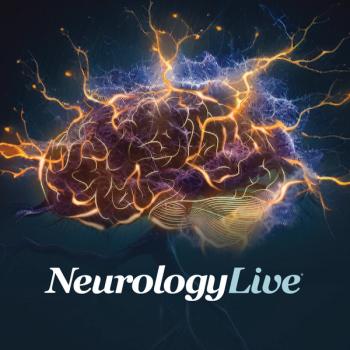
A recent study reported significantly elevated cerebrospinal fluid inflammatory markers in pediatric myelin oligodendrocyte glycoprotein antibody-associated disease during acute phases.

The chair of neurosurgery at the University of Arizona talked about the newly approved infusion therapy that offers continuous medication delivery to improve both motor and non-motor symptoms in Parkinson disease. [WATCH TIME: 5 minutes]

The clinical researcher at St. Jude Children's Research Hospital discussed the evolving treatment landscape for Charcot-Marie-Tooth disease, which will be featured in a session at the 2025 MDA Conference. [WATCH TIME: 7 minutes]

A 5-year retrospective analysis offered insights into disease characteristics, treatment responses, and clinical outcomes of neuromyelitis optica spectrum disorder as well as myelin oligodendrocyte glycoprotein antibody-associated disease.
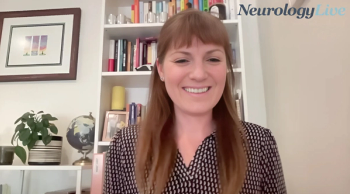
The president and CEO at Project Sleep highlighted the need for clinicians to facilitate awareness of patient advocacy resources for those living with narcolepsy or idiopathic hypersomnia. [WATCH TIME: 5 minutes]

In a recent case report, a 46-year-old man living with chronic inflammatory demyelinating polyneuropathy experienced multiple relapses despite various conventional treatments; however, found promise in ofatumumab, an approved drug for multiple sclerosis.

The director of the Cerebrovascular Center at Mount Sinai talked about findings from recent trials presented at ISC 2025 investigating thrombectomy for distal vessel occlusions. [WATCH TIME: 4 minutes]

Julie Pilitsis, MD, PhD, MBA, chair of neurosurgery at The University of Arizona Tucson, discussed the impact of a newly approved continuous infusion therapy for Parkinson disease.
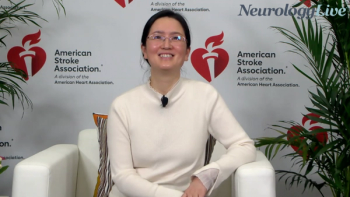
The professor at the Second Affiliated Hospital of Zhejiang University’s School of Medicine discussed findings from a trial suggesting that intravenous thrombolysis could benefit patients with ischemic stroke up to 24 hours after symptom onset. [WATCH TIME: 8 minutes]
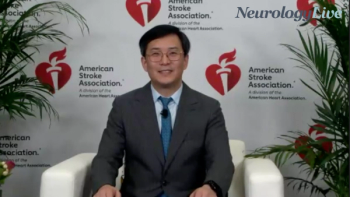
The director of the neurological disease center at Beijing Anzhen Hospital talked about assessing the potential benefits and safety of intra-arterial tenecteplase in highly selected poststroke patients. [WATCH TIME: 6 minutes]
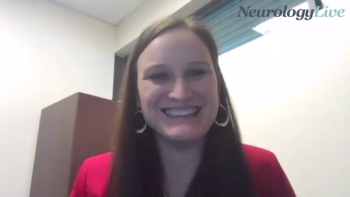
The movement disorders nurse practitioner at The Ohio State University Wexner Medical Center talked about a meeting that equips nurse practitioners and physician assistants to improve movement disorder patient care. [WATCH TIME: 5 minutes]

Jonathan Rubin, MD, MBA, chief medical officer at Supernus Pharmaceuticals, talked about the recent approval of the company’s subcutaneous infusion therapy SPN-830 for Parkinson disease.

In a recently presented study at ISC 2025, poststroke patients reported no additional benefit from using transcranial direct current stimulation as a potential intervention for recovery.